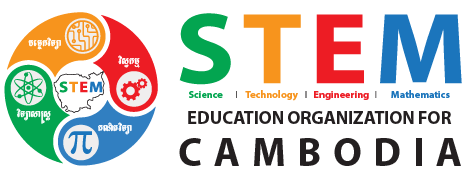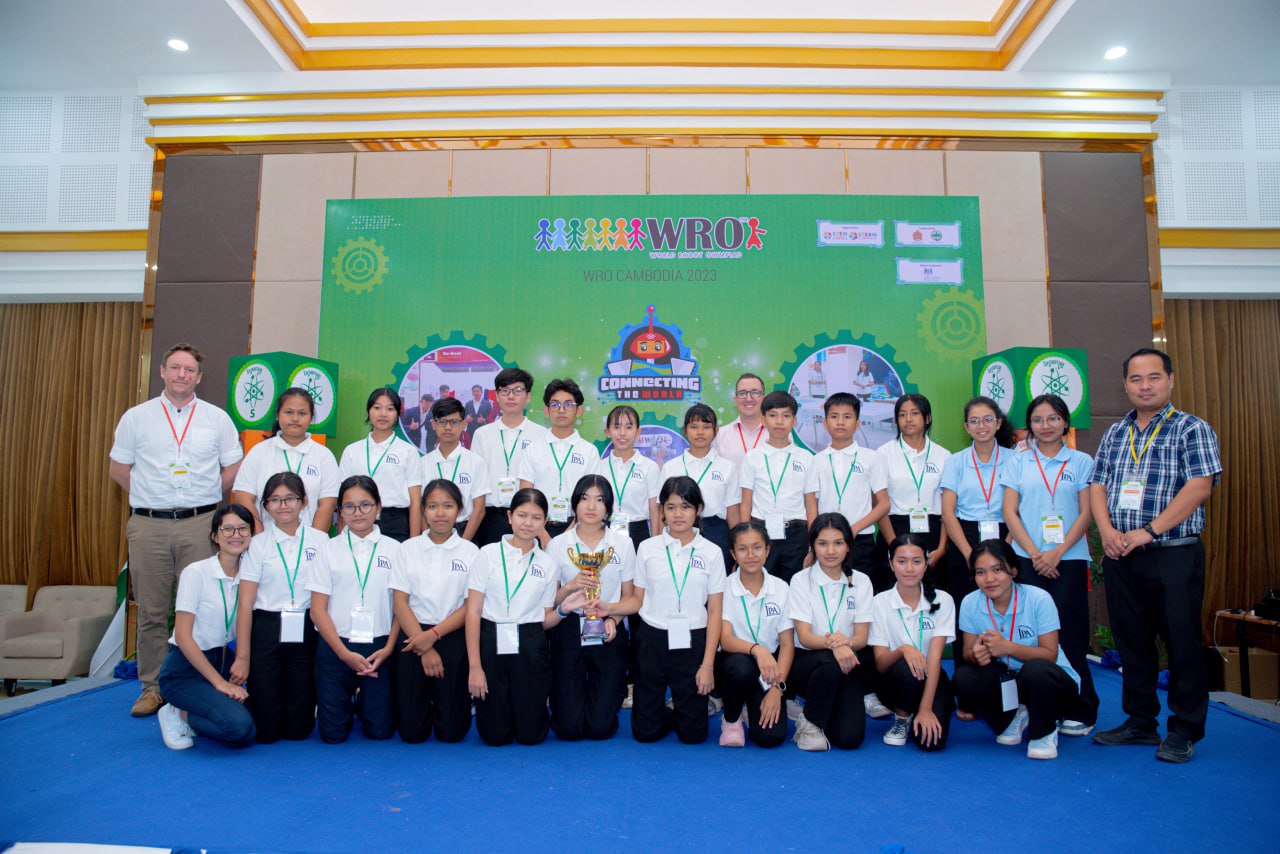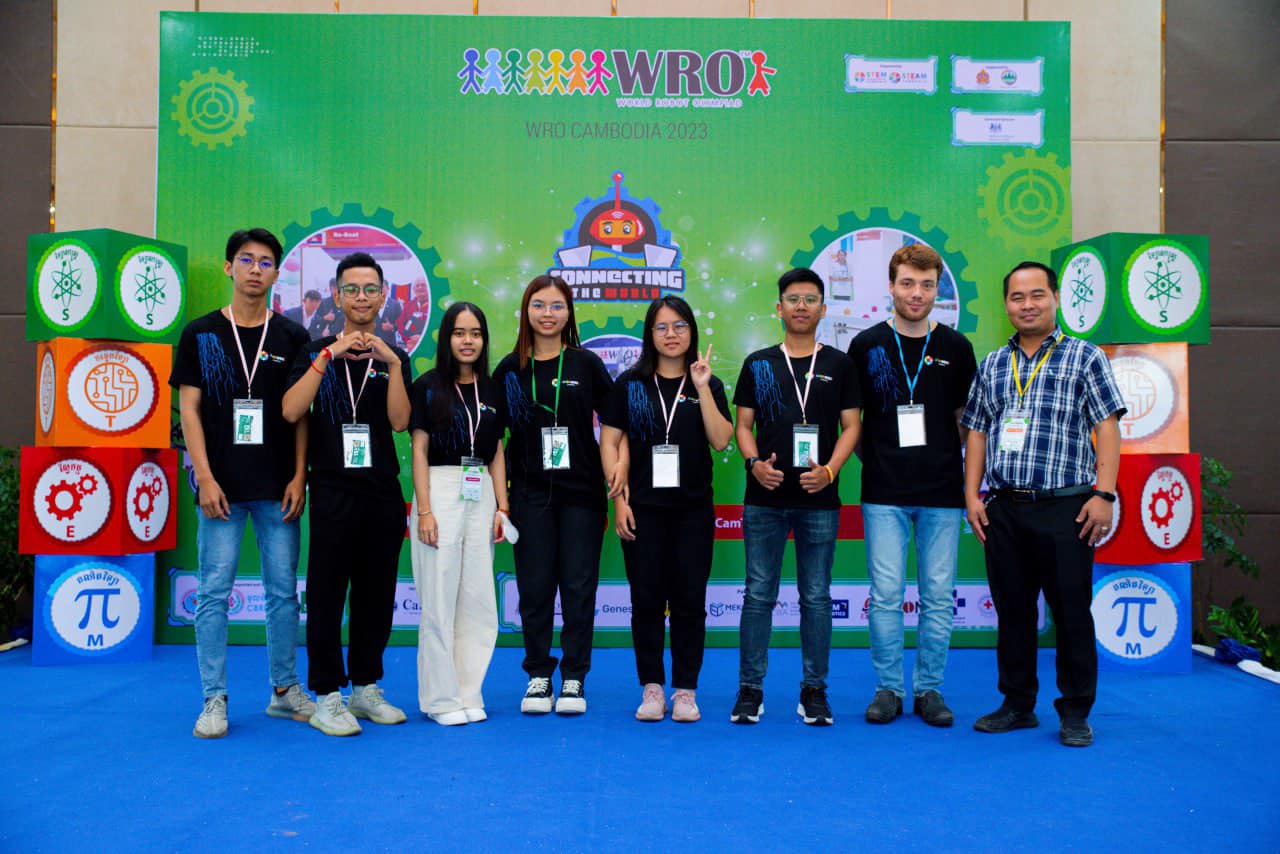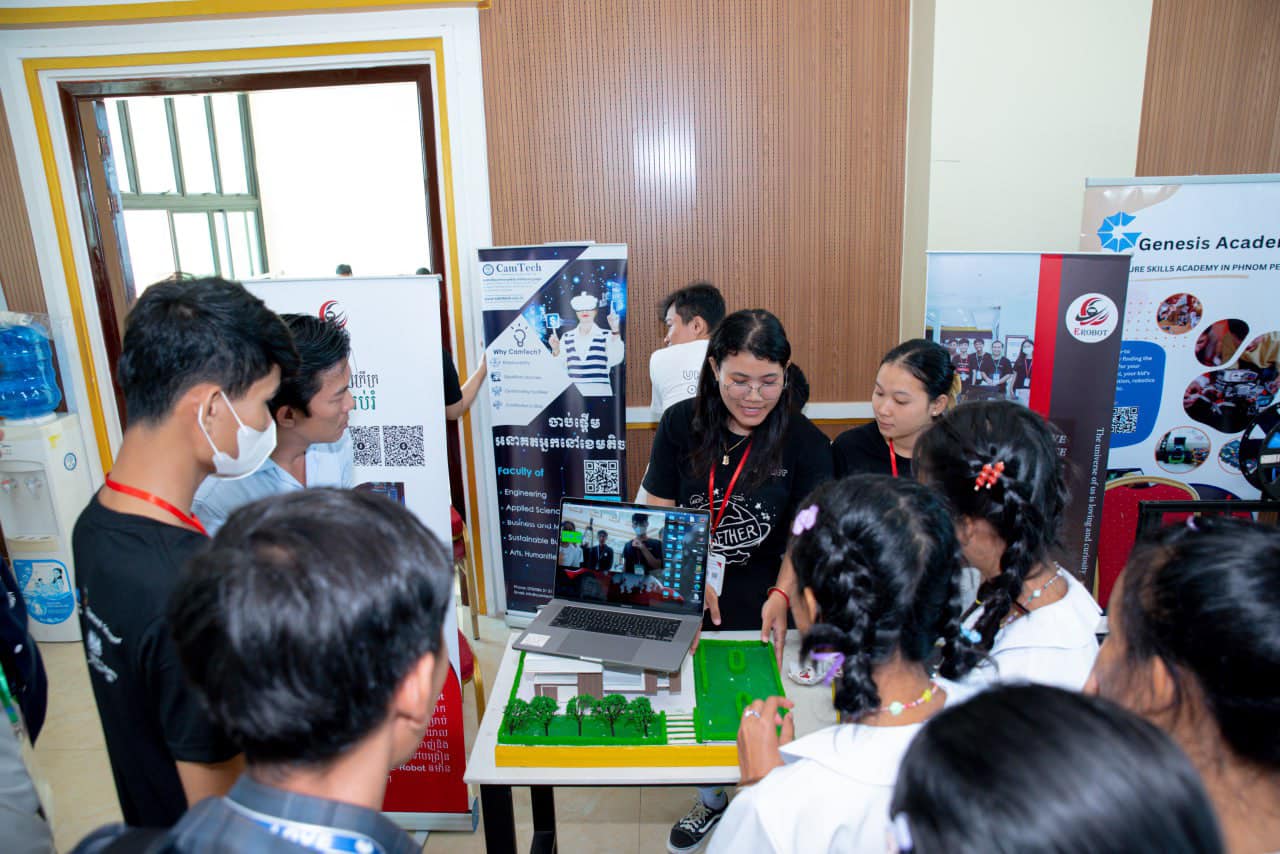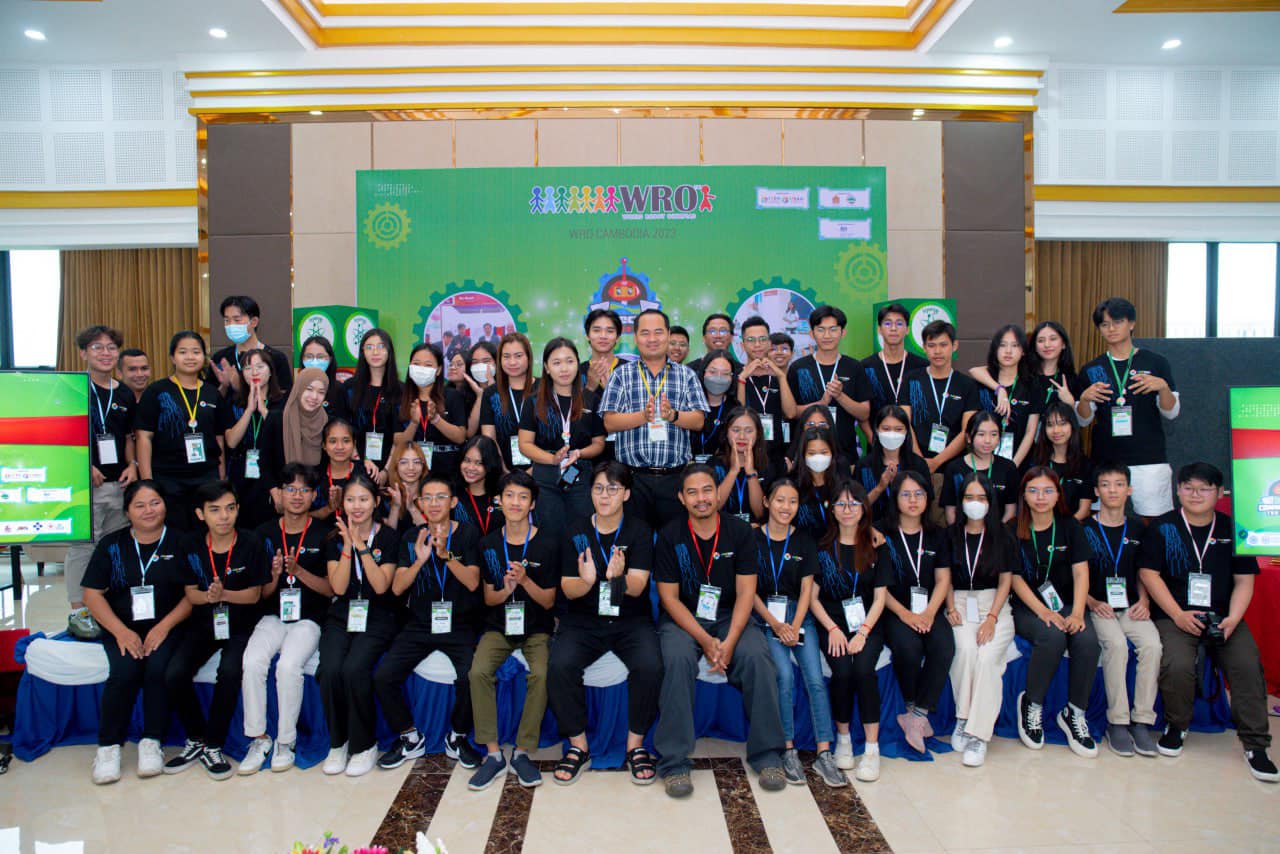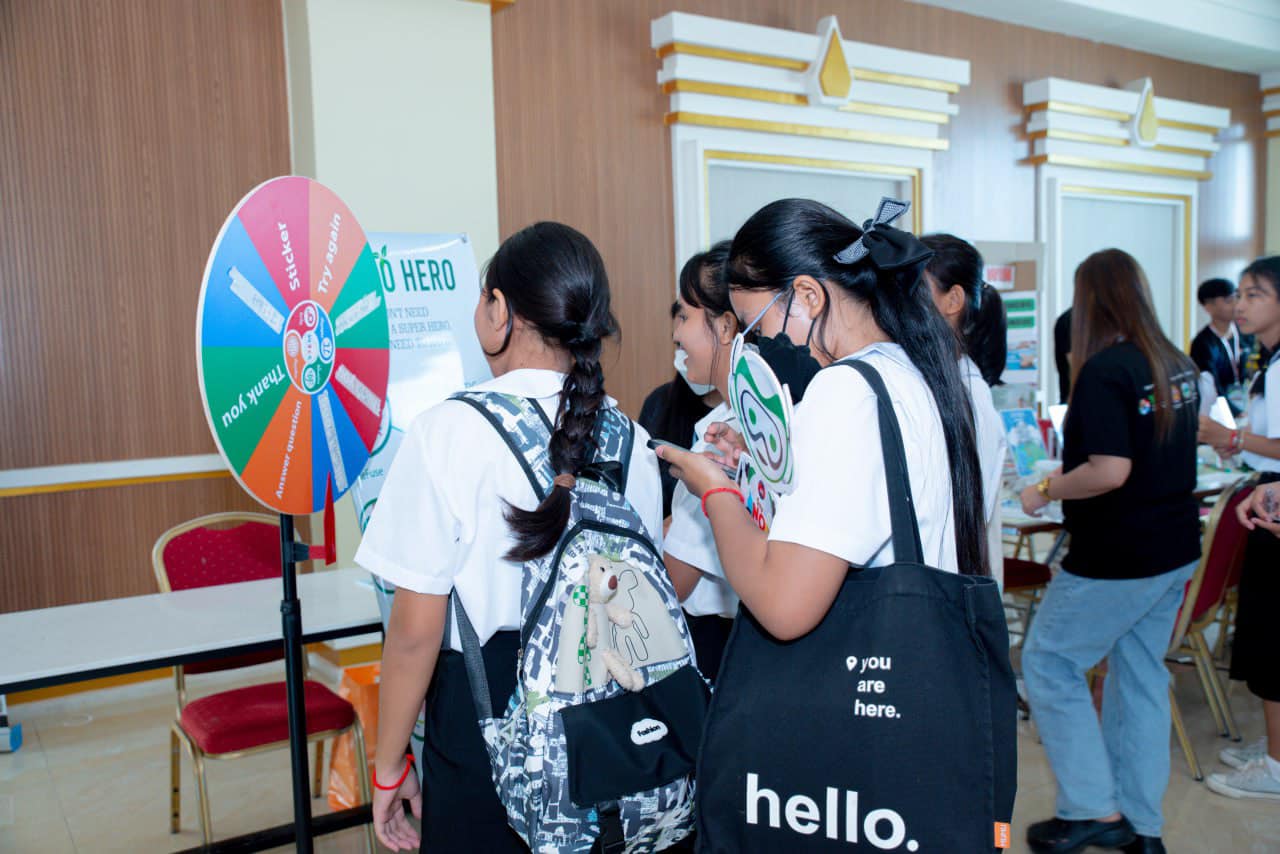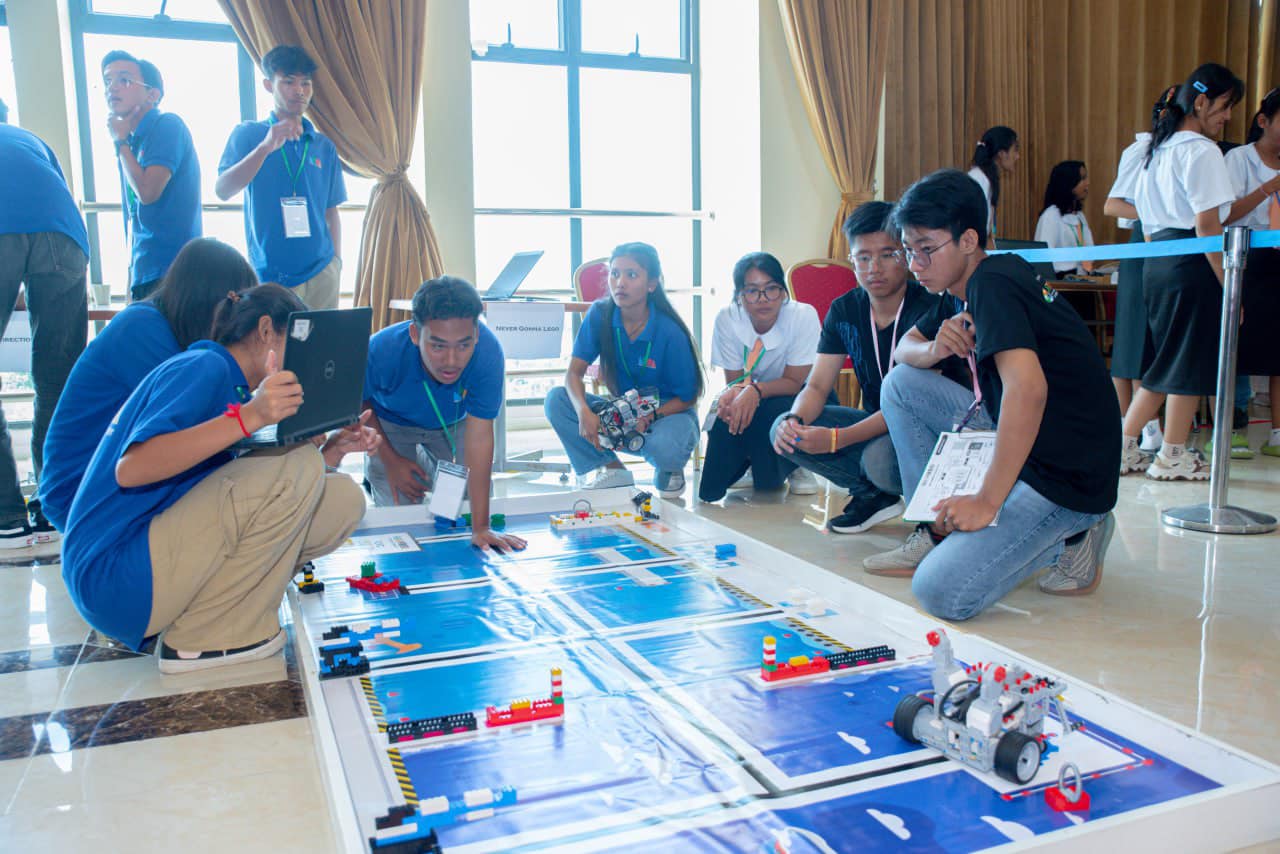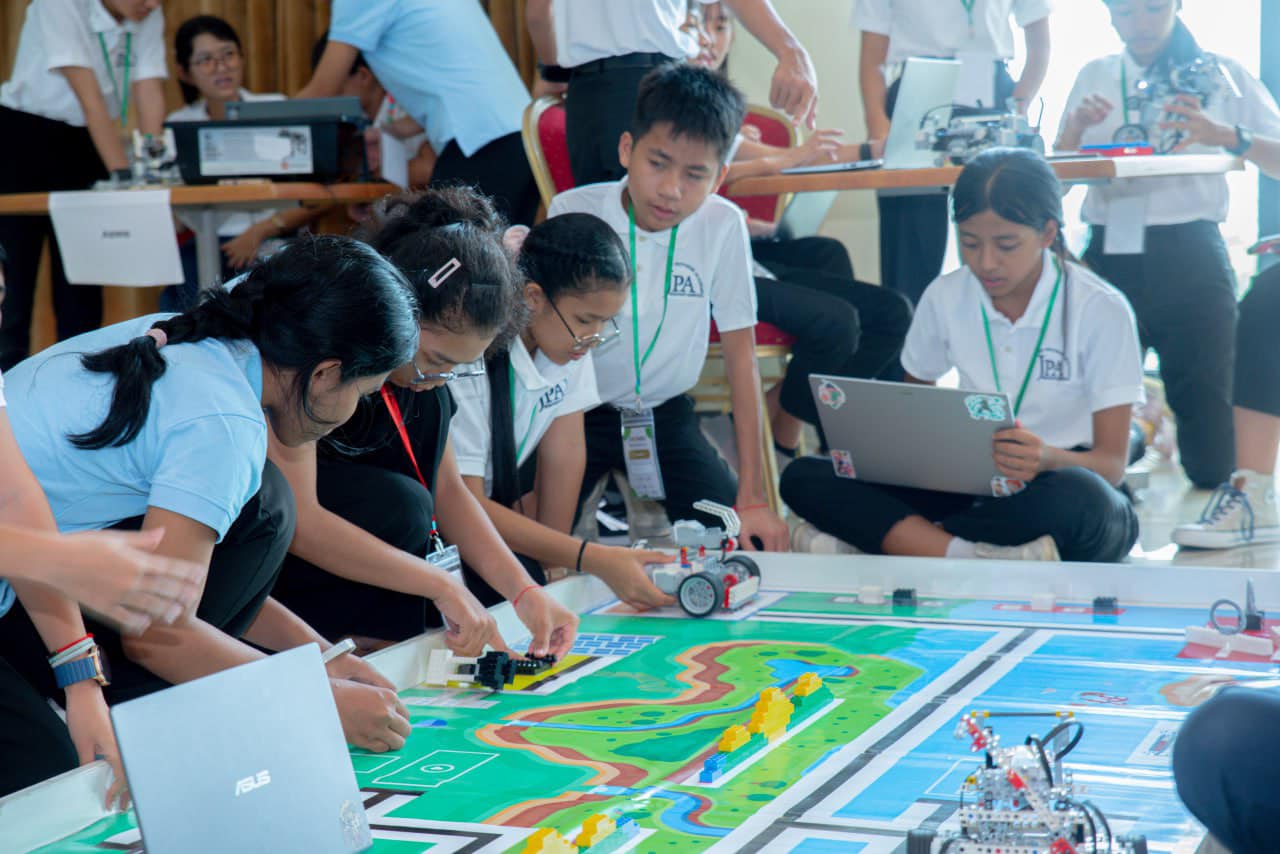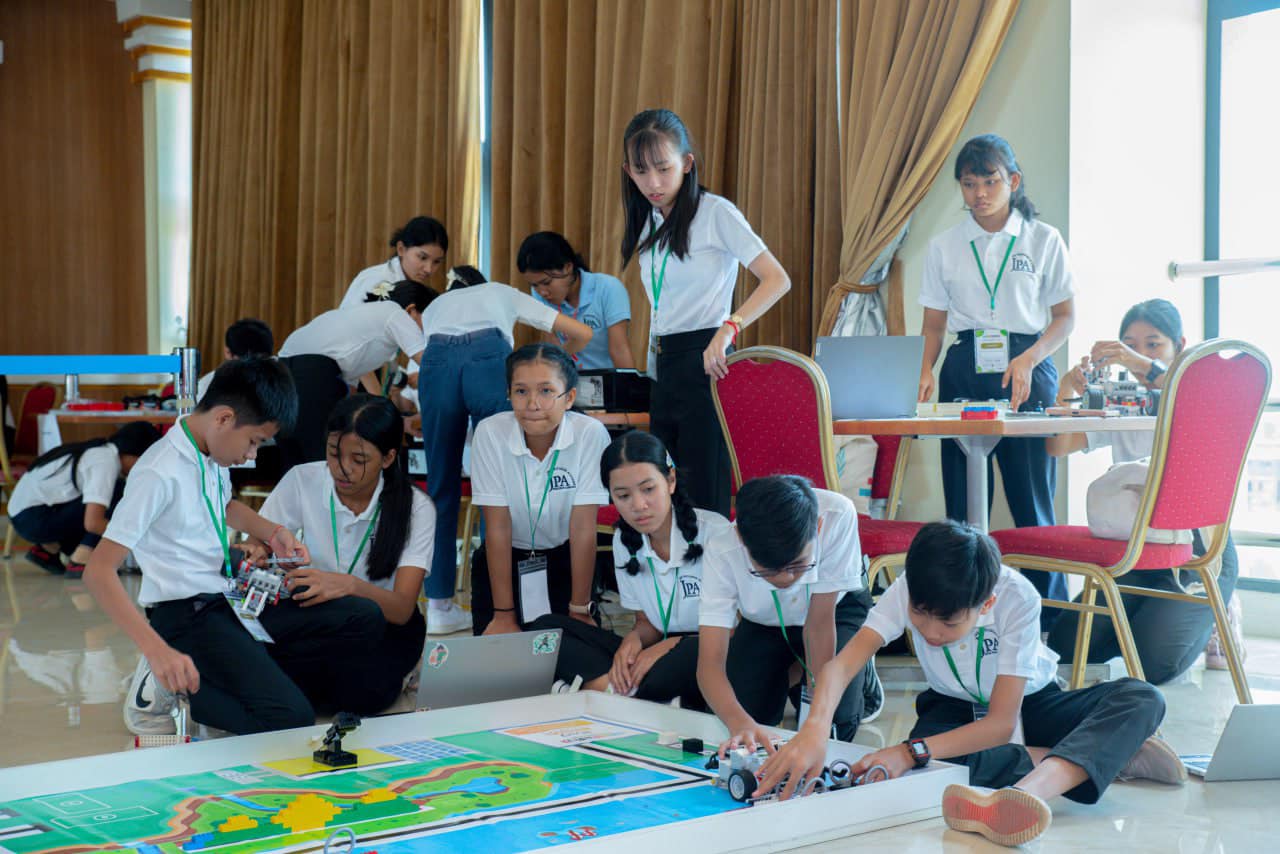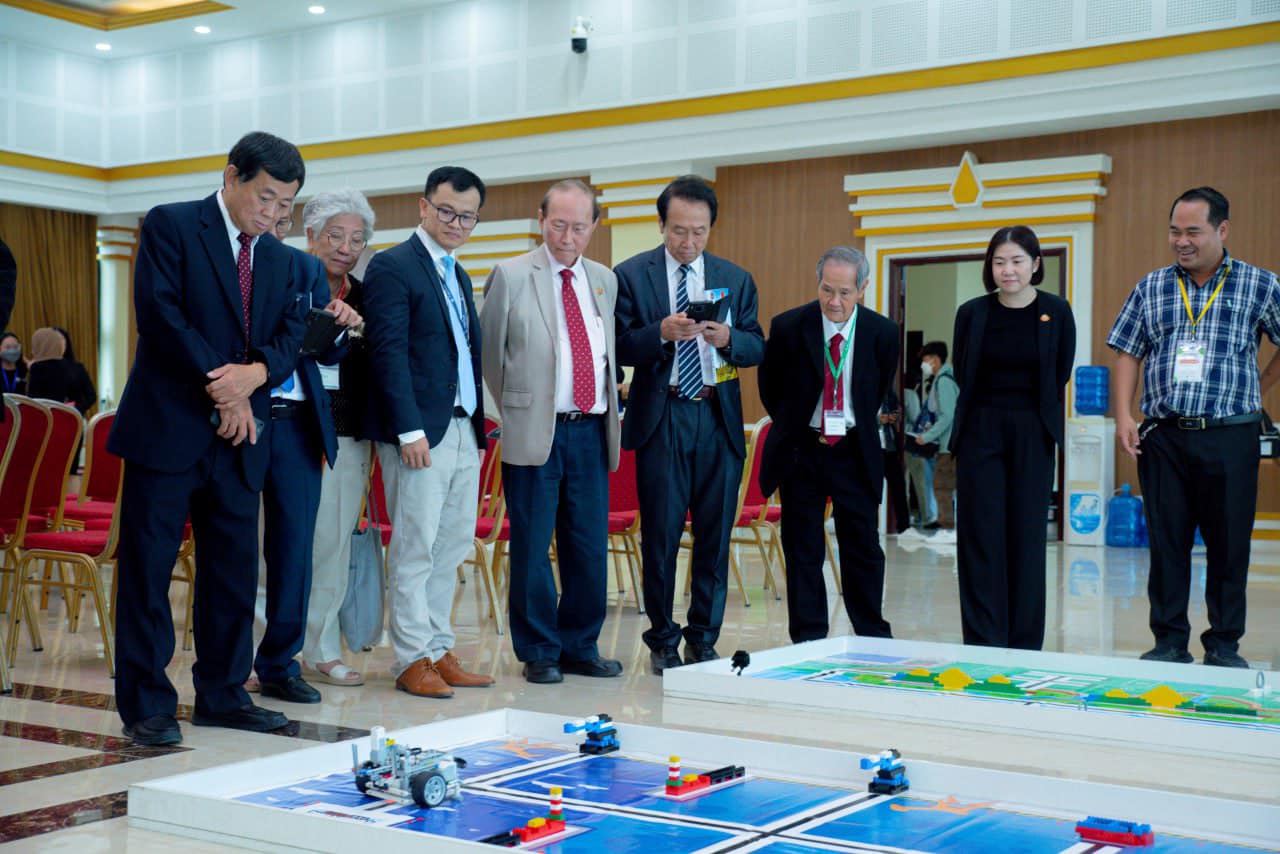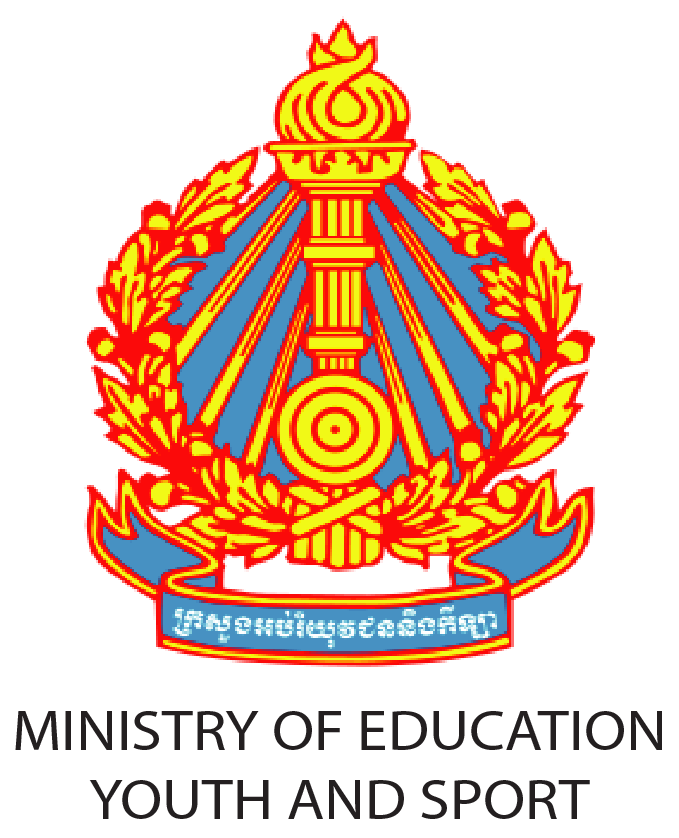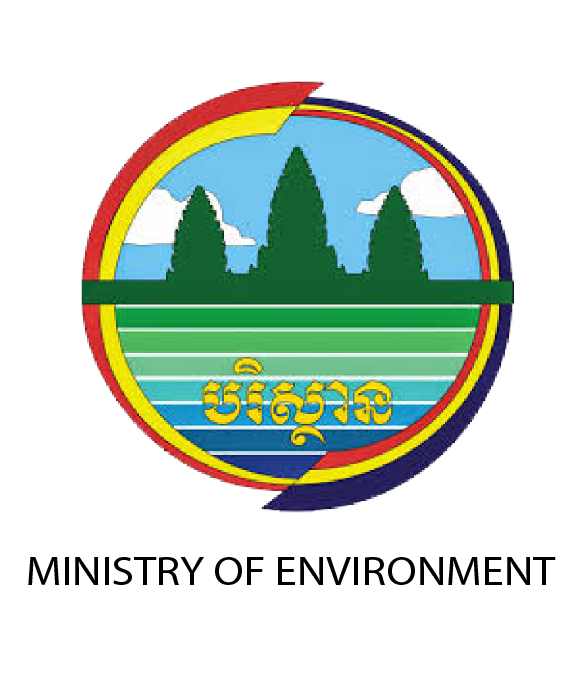WRO CAMBODIA 2023
This year, we are excited to bring back the onsite WRO Cambodia 2023 Competition.
As the exclusive WRO National Organizer, STEM Education Organization for Cambodia (STEMEOC) is very excited to announce the World Robot Olympiad (WRO) Cambodia 2023. WRO Cambodia 2023 will serve as a platform for the Cambodian youths to demonstrate their skills in the robotic field, locally and internationally. Through their journey to build amazing robotic projects with their innovative ideas, they will achieve the best STEM learning experience while having fun.
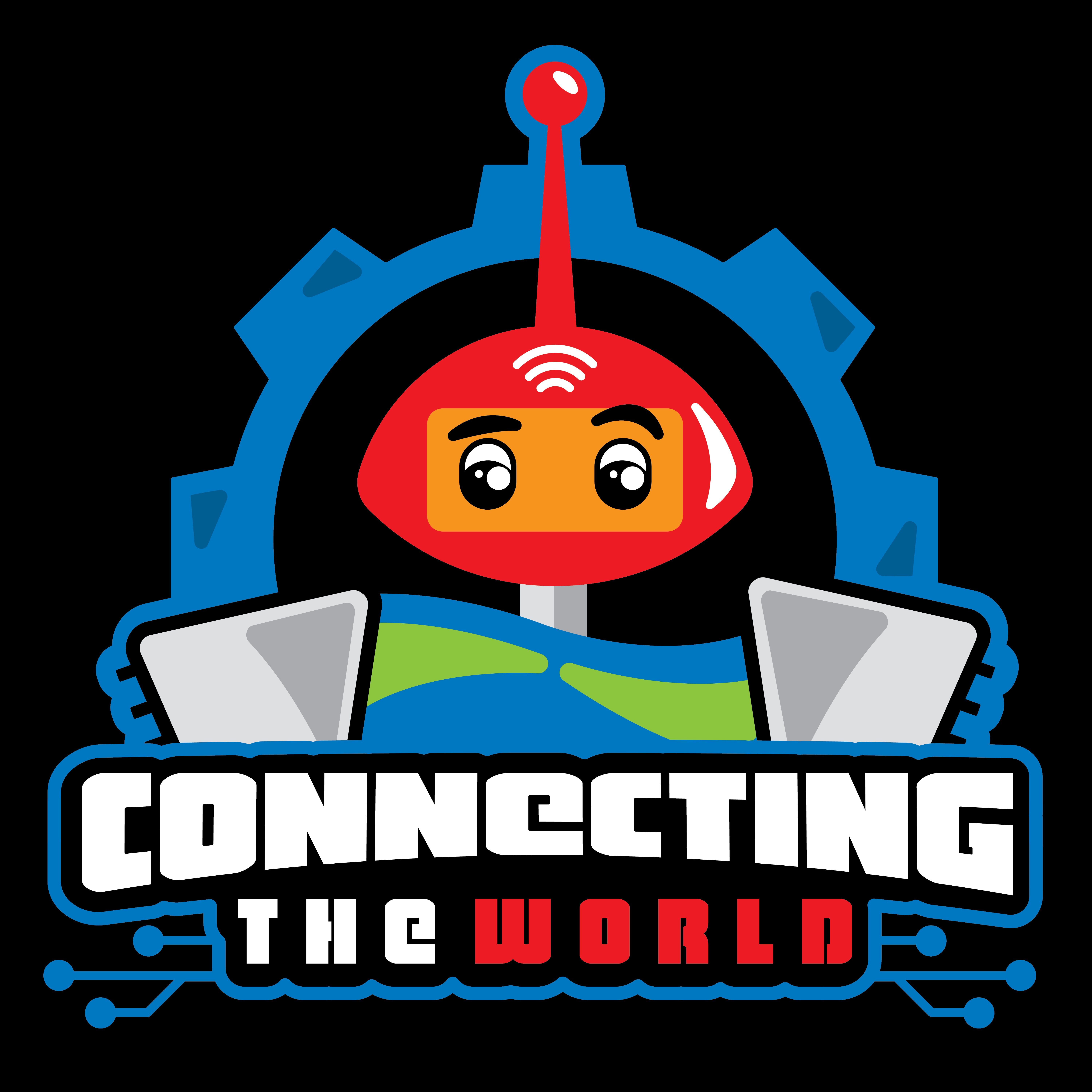
This is the best opportunity for Cambodian young innovators to present their innovative ideas to both the local and international communities. Their achievements would inspire more and more young innovators to pursue the STEM career path, which aligns with the sustainable development goals set by the Royal Government of Cambodia (RGC). The competition will produce champions that will be nominated to join the competition at the WRO International 2023 in Panama (07 -09 November 2023).
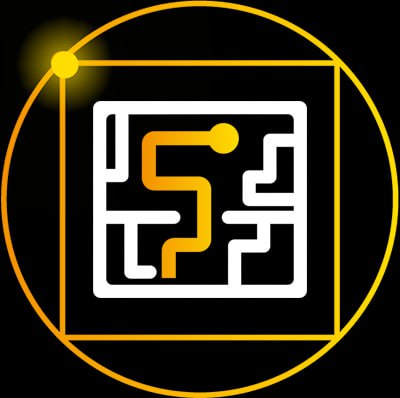
ROBOMISSION:
Introduction In the WRO RoboMission category teams design robots that solve challenges on a competition field. The robots are fully autonomous. For each age group a new field and mission are developed each year. On the day of the competition a surprise rule adds a new element to the mission. An extra challenge will test the creativity and quick-thinking skills of the teams at national and international events.
- Guideline for more details
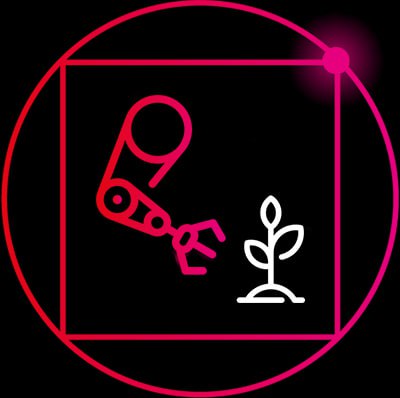
FUTURE INNOVATORS:
*** Missions: link ***
In the WRO Future Innovators category teams develop a robot that helps solve real-world problems. There is a new theme every year, often connected to the UN Sustainable Development Goals. After research into the theme each team develops an innovative and functioning robotic solution. They present their project on the competition day.
- Guideline for more details.
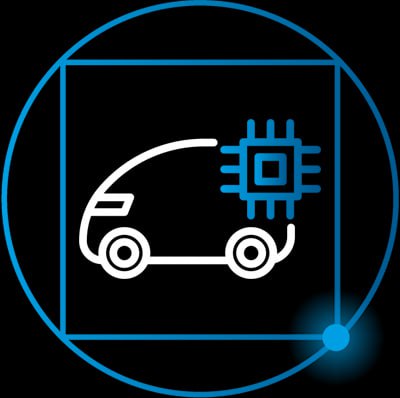
FUTURE ENGINEERS:
In the WRO Future Engineers category teams need to focus on all parts of the engineering process. The teams get points for documenting their process and making a public GitHub repository. The specific challenge will change every 3-4 years.
In the Self-Driving Cars challenge a robotic vehicle needs to drive autonomously on a parkour that randomly changes in each challenge round.
- Guideline for more details
Winners for “WRO Cambodia 2023” – 16 September 2023
| No | Categories | Team Leader | Team Member 1 | Team Member 2 | Team Name | Age Categories | Ranking |
| 1 | Robomission | Luca Chen | Greyson Cooper | Noah Engelking | Never gonna lego | Senior | 1st Place |
| 2 | Future Innovators | Sam Vatanak | Sreng Chhayly | Te Senglong | Ro-Boat | Senior | 1st Place |
| 3 | Robomission | Siewling Im | Jing Jing Ngau | Sanika Eang | Titan JSS | Junior | 1st Place |
| 4 | Future Engineers | Tann Sunlay | Mey Sophearith | Inventronix | None (Future Engineers) | 1st Place | |
| 5 | Future Innovators | Hun Heng Kimlong | Cheng Vanchan Marain | Mey moni panha | TidyBot | Elementary | 1st Place |
| 6 | Future Innovators | Soung Sereykol | Tech Puthearath | PlanTech | Junior | 1st Place | |
| 7 | Robomission | Son Kanya | Sim Serey Roattana | Nyoy Sok Dannet | Hydro | Junior | 2nd Place |
| 8 | Future Innovators | Sothea Panhaseth | Pechsovannroth | Cloud Tech | Senior | 2nd Place | |
| 9 | Robomission | Suon Sokchea | Ol Sreynin | ANGKORIAN | Senior | 2nd Place | |
| 10 | Robomission | San Lida | Chheav Sotsokhphavy | Hong Malen | Aeris | Senior | 3rd Place |
| 11 | Robomission | Sak Kenchankaklika | Chorn Sereyvicharadany | Sim Sereyroattanak | Bot ToniX | Junior | 3rd Place |
| 12 | Future Innovators | HENG Lim Heang | KONG Socheat | LANN Lapi | Emperor | Senior | 3rd Place |
